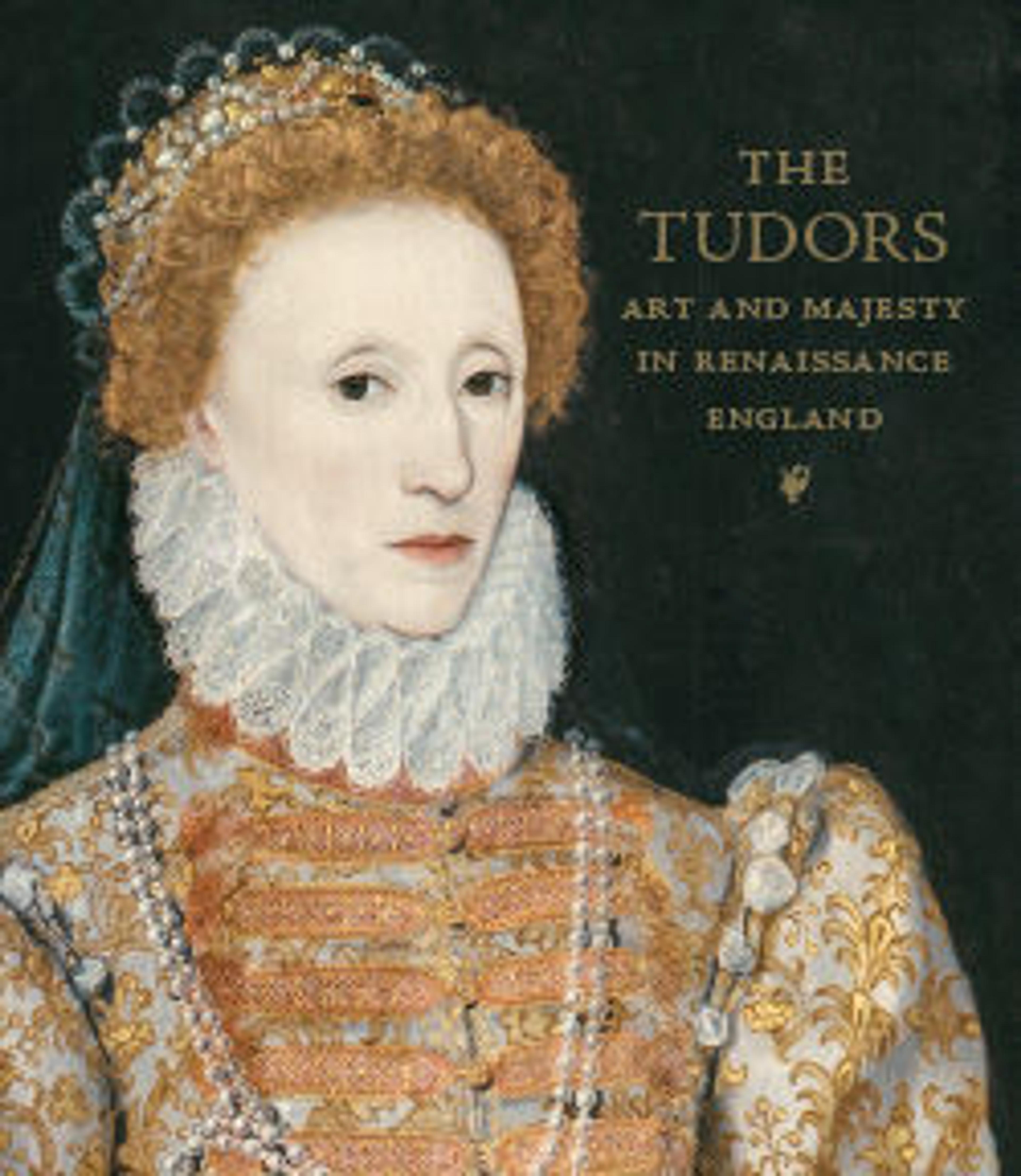Gilt-leather wall hangings (part of a set)
Use of painted leather panels for the decoration of walls was long practiced in Spain. The first workshop to produce such decorative hangings in The Netherlands was established in Amsterdam by 1611. Typically Dutch is the use of molds to press a pattern in relief into the leather creating particularly sumptuous effects. Although generally known as gilt leather, silver leaf was applied to the prepared calf hides which were then covered by a yellow varnish making it resemble gilding. Among the garlands of fruits and flowers, are putti symbolizing the Five Senses.
Artwork Details
- Title: Gilt-leather wall hangings (part of a set)
- Maker: Possibly by De Gecroonde Son (Dutch)
- Maker: or possibly by De Vergulde Roemer (Dutch)
- Date: ca. 1650–70
- Culture: Dutch, Amsterdam
- Medium: Leather, silvered, painted and varnished
- Dimensions: Overall (Confirmed): 96 x 211 in., 41lb. (243.8 x 535.9 cm, 18.5975kg)
- Classification: Natural Substances-Leatherwork
- Credit Line: Gift of Rosine Lambiotte Donhauser, in honor of Victor and Marie De Meulemeester, 2012
- Object Number: 2012.332.1
- Curatorial Department: European Sculpture and Decorative Arts
More Artwork
Research Resources
The Met provides unparalleled resources for research and welcomes an international community of students and scholars. The Met's Open Access API is where creators and researchers can connect to the The Met collection. Open Access data and public domain images are available for unrestricted commercial and noncommercial use without permission or fee.
To request images under copyright and other restrictions, please use this Image Request form.
Feedback
We continue to research and examine historical and cultural context for objects in The Met collection. If you have comments or questions about this object record, please complete and submit this form. The Museum looks forward to receiving your comments.
